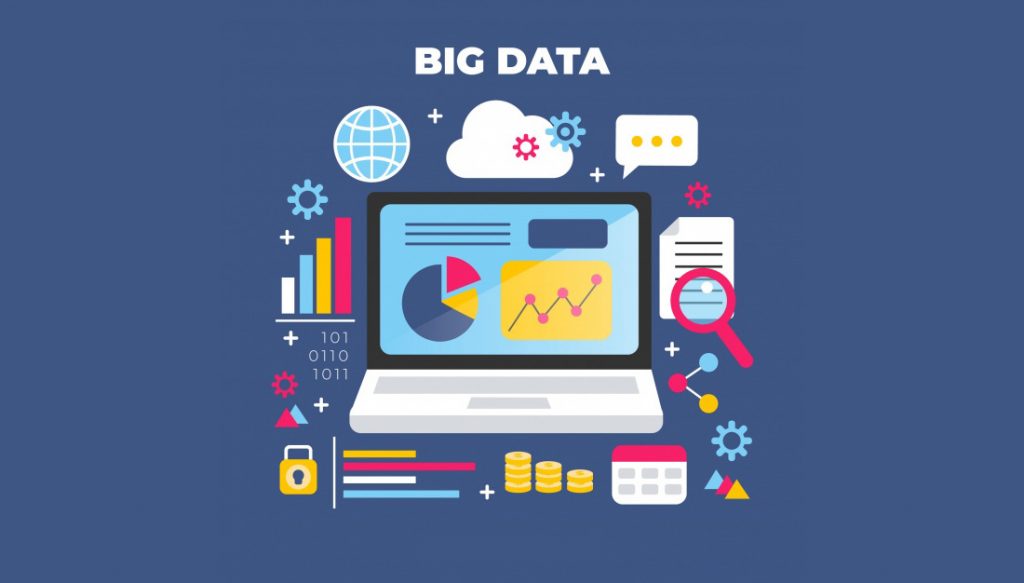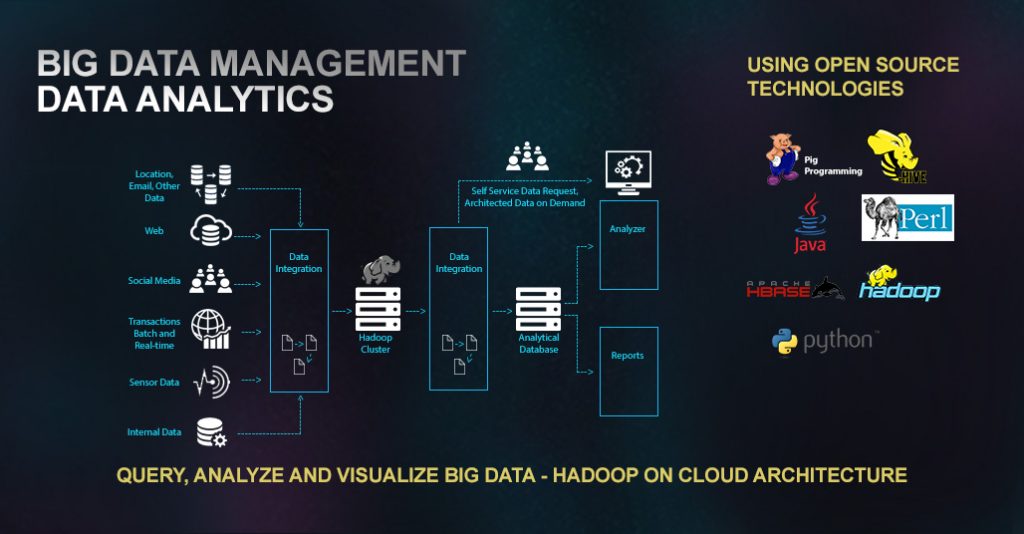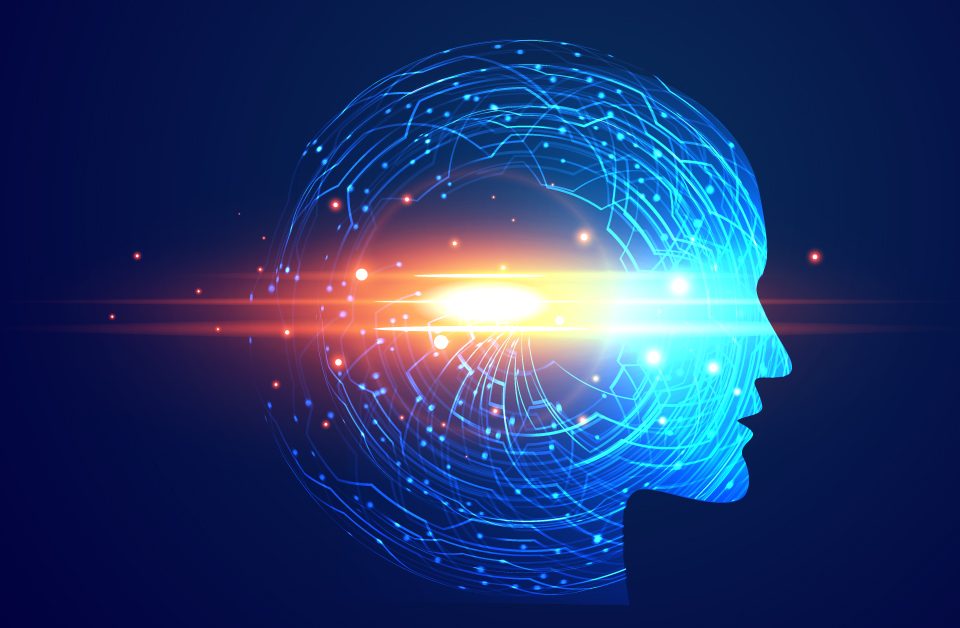Importance of Big Data Analytics for Detecting and Preventing Crime Aspects
Data is growing and indispensable these days. The Big Data analytics technologies and actions are beginning to investigate this data for gaining insights that can help in detecting and preventing crime aspects. The concept evolved at the start of the 21 century, and every big corporate is now utilizing Big Data. Big Data indicates enormous and bulky data collections that may be structured or unstructured. This large amount of data is created every day by enterprises and common users. Big Data analytics is the method of analysing large data sets to mark insights and patterns.
Big Data Analytics
Big Data analytics is certainly a turning point in the realm of Information Technology. The effectiveness of Data analytics by the companies is intensifying every year. The principal focus of the organisations is on consumers. Therefore the field is growing in B2C (Business to Consumer) applications. We distribute the analytics into various classes as per the nature of the environment. We have three categories of Big Data analytics: Predictive Analytics, Prescriptive Analytics and Descriptive Analytics.
Big Data Analytics and Data Sciences
The analytics includes the use of advanced procedures and tools of analytics on the data collected from various sources in varying sizes. Big data has the features of large volume, variety and velocity. The data sets appear from multiple web pages, social media, online networks, audio and video devices, logs, etc.
Big Data analytics includes the use of analytics techniques, for instance, machine learning, data mining, natural language processing, and statistics. The data is extracted, prepared and combined to present analysis for the tasks say for example a murder case. Number of investigation agencies and police departments use these techniques widely in different ways.
In an era where technology is used everywhere and by everyone in some form can be made use for solving crime secrets also. Data analytics comprises qualitative and quantitative techniques to raise productivity and profits. The data analytics tools are handled by researchers, analysts, and engineers for many purposes to obtain the data efficiently.
There are specific analytics tools that utilise these techniques to investigate the data sources for new insights. The data is normally real-time data generated on a huge scale. This data is unstructured, and the tools assist to capture this data and save it for a report. That is why big data and business analytics tools are very exceptional.
The two types of tools are Storage and Analysis Big Data analytics tools. Some of these data analytics tools involve Apache Hadoop, Mongo DB, Hive, Storm, Cassandra, etc.
Importance of Big Data Analytics for Detecting and Preventing Crime Aspects
In this expanding field of technology, the rate of cyber-crimes is rising and are testing the abilities of investigation bodies. The data generation concerning the crime is also grown which is chiefly digital. The formed data cannot be managed efficiently with the use of conventional interpretation techniques. Instead of using traditional data analysis techniques it would be useful if Big Data Analytics is used for that huge data.
Originally collected data will be scattered over the geographic location and based on that, clusters will be built. In the second phase, the created clusters are analyzed using Big Data Analytics. Ultimately, those analyzed clusters are given to the Artificial Neural Network which will result in the production of prognostication pattern. That pattern can be utilised by security authorities for designating devices that help in preventing crime.
In a popular research conducted by the corporate giant IBM, it showed the benefits of deploying an analytics program to combat crime.
The report remarks on the important innovations law enforcement has gone through in the past few decades. A major shift was that the public safety officers identified the advantages of data collection and advanced use of information to resist crime, and understood that technological progress would play a large part to increase the security of their societies.
Some of the benefits visible in the society was,
1. Effective deployment of resources based on data analytics.
2. Core reporting functions became fast and accurate, for example, report development and evidence treatment.
3. Enhancing the effectiveness of inquiries by providing officers access to a comprehensive collection of mixed, actionable knowledge required to solve crimes.
With these kinds of technology advancements, investigation officers can work more quickly in detecting and preventing crime, and be empowered by data. They can earn more situational awareness, experience a crisis as it displays, and take preventive steps to counter crime, even before it occurs.
Although technology offers huge possibilities, the difficulty still persists to develop infrastructures and operations to find the key data in the bulk one. The problem is that the data agencies collect, store and manage, are becoming exponentially huger.
For investigating bureaus, they must be able to combine the points from different sources of data. That implies data from social media and other traditional forms of structured data. By blending these data points, agencies will be able to learn the core problems faced by the people.
Another challenge that is tackled by the big data analytics in crime investigation is decreasing budgets that have already forced agencies to become stronger and more effective.
NIRNAYA is Ndimensionz’s advanced CDR/IPDR + Any Data solution which is horizontally as well as vertically scalable. It presents a feature-rich desktop environment developed on a Big Data or Small Data platform, depending on the end-user needs for real-time, near-real-time, offline or any other mode of operation.





